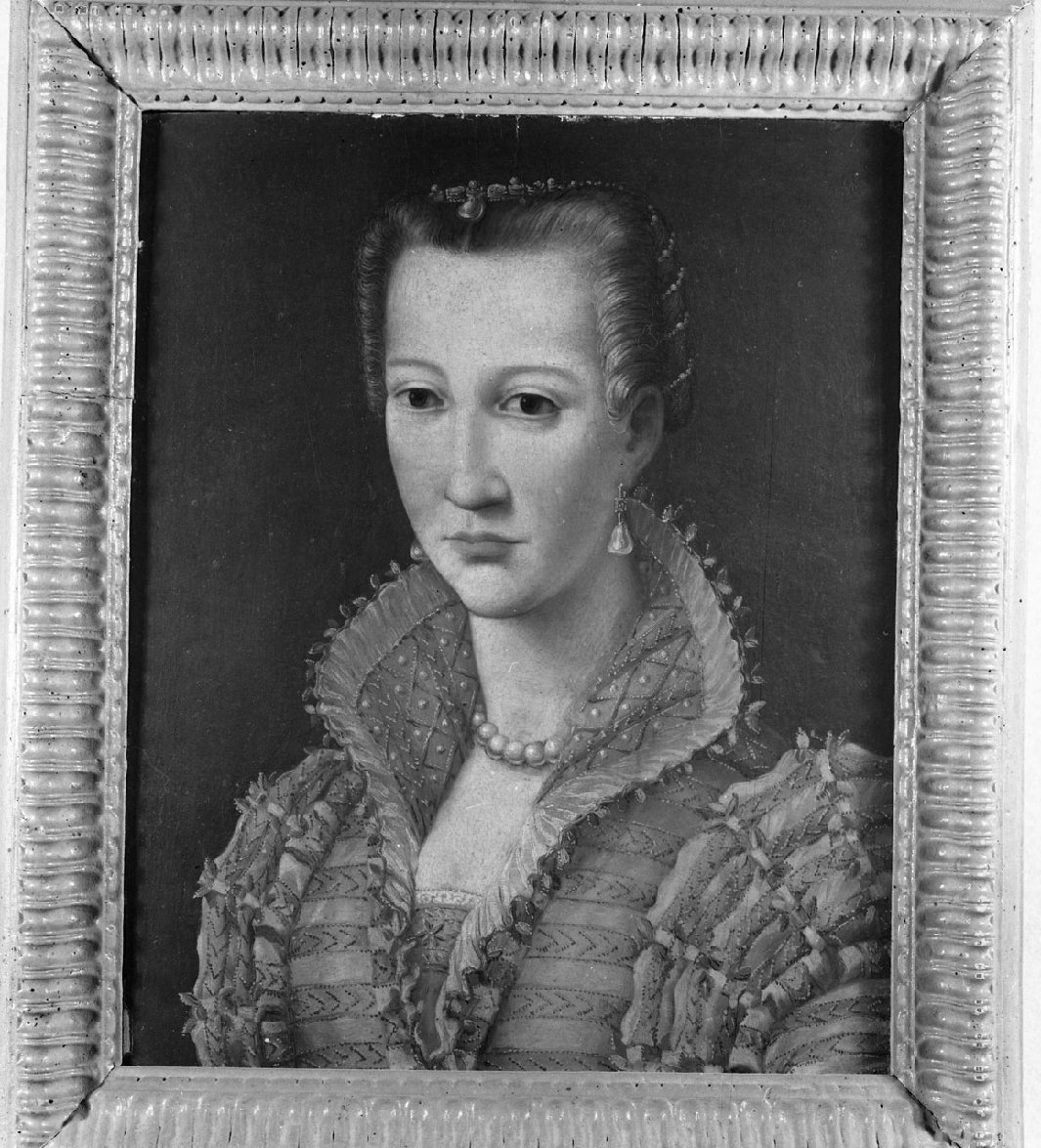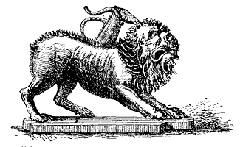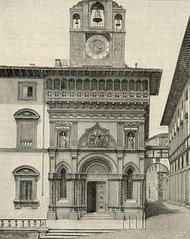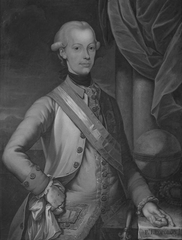
Visiting Museo di Casa Vasari: History, Tickets, and Tips
Publication Date: 23/07/2024
Introduction to Museo di Casa Vasari
Located in the heart of Arezzo, Italy, the Museo di Casa Vasari offers visitors an immersive journey into the life and work of Giorgio Vasari, a pivotal figure in the Italian Renaissance. This museum is housed in Vasari’s former residence, which he acquired in 1541. Over the subsequent years, Vasari meticulously decorated his home, transforming it into a showcase of Renaissance art and architecture. The Museo di Casa Vasari stands out not only for its stunning frescoes and artworks but also for its historical and cultural significance (Museo di Casa Vasari).
Giorgio Vasari (1511-1574) was a renowned painter, architect, and writer, celebrated for his biographies of Italian artists. His seminal work, “Lives of the Most Excellent Painters, Sculptors, and Architects,” is considered one of the foundational texts of art history (Britannica). Beyond his literary contributions, Vasari was also instrumental in the design of iconic structures such as the Uffizi Gallery in Florence and the renovation of the Palazzo Vecchio.
The Museo di Casa Vasari is divided into several rooms, each adorned with intricate frescoes and decorations that reflect Vasari’s artistic vision and thematic preferences. Notable rooms include the Sala del Camino, the Sala di Apollo e delle Muse, and the Sala di Cerere. These rooms offer a glimpse into the Renaissance fascination with classical antiquity and humanism, making the museum a must-visit for art enthusiasts and history buffs alike (Museo di Casa Vasari).
Contents Overview
- Introduction
- Origins and Construction
- Giorgio Vasari - The Man Behind the Museum
- Artistic Contributions and Interior Decoration
- The Sala del Camino
- The Sala di Apollo e delle Muse
- The Sala di Cerere
- Historical Significance and Preservation
- Transformation into a Museum
- Modern-Day Relevance
- Visitor Information
- Visiting Hours
- Tickets
- Travel Tips
- Accessibility
- Special Events and Guided Tours
- Photographic Spots
- FAQ
- Conclusion
- Sources
Discovering Museo di Casa Vasari - Visiting Hours, Tickets, and Historical Insights
Introduction
Located in the heart of Arezzo, Italy, the Museo di Casa Vasari is not just a museum but a journey into the life and work of Giorgio Vasari, a luminary of the Italian Renaissance. This article will guide you through the museum’s historical significance, visiting hours, ticket information, and much more, making it a must-visit among Arezzo’s historical sites.
Origins and Construction
The Museo di Casa Vasari serves as a significant cultural landmark, primarily due to its association with Giorgio Vasari. Vasari acquired the house in 1541 and meticulously designed and decorated it over the following years. The construction and decoration of the house reflect Vasari’s artistic vision and his deep involvement in the Renaissance art movement.
Giorgio Vasari - The Man Behind the Museum
Giorgio Vasari (1511-1574) was a multifaceted artist and intellectual, best known for his biographies of Italian artists. This work is considered one of the foundational texts of art history (Britannica). Vasari’s influence extended beyond his writings; he was also a prolific painter and architect, contributing to the design of the Uffizi Gallery in Florence and the renovation of the Palazzo Vecchio.
Artistic Contributions and Interior Decoration
The interior of Casa Vasari is a testament to Vasari’s artistic prowess. The rooms are adorned with frescoes and decorations that showcase his style and thematic preferences. Notable rooms include the Sala del Camino, the Sala di Apollo e delle Muse, and the Sala di Cerere. Each room is decorated with intricate frescoes that depict mythological and allegorical scenes, reflecting the Renaissance fascination with classical antiquity and humanism (Museo di Casa Vasari).
The Sala del Camino
The Sala del Camino, or the Fireplace Room, is one of the most striking rooms in the house. It features a large fireplace adorned with Vasari’s frescoes, which include allegorical representations of the arts and virtues. The ceiling is decorated with intricate stucco work and frescoes that depict scenes from classical mythology, showcasing Vasari’s skill in combining architectural elements with painted decorations.
The Sala di Apollo e delle Muse
The Sala di Apollo e delle Muse is another highlight of the museum. This room is dedicated to Apollo, the god of music and the arts, and the Muses, who were considered the inspirational goddesses of literature, science, and the arts. The frescoes in this room depict Apollo and the Muses in various poses, surrounded by intricate decorative elements that highlight Vasari’s mastery of composition and his deep understanding of classical themes (Museo di Casa Vasari).
The Sala di Cerere
The Sala di Cerere, or the Room of Ceres, is dedicated to the Roman goddess of agriculture. The frescoes in this room depict scenes related to agriculture and the harvest, reflecting the importance of these themes in Renaissance art and culture. The room’s decoration is characterized by its vibrant colors and detailed representations of agricultural activities, showcasing Vasari’s ability to capture the essence of everyday life in his art.
Historical Significance and Preservation
The historical significance of Casa Vasari extends beyond its artistic value. The house provides a unique insight into the life and work of Giorgio Vasari, offering a glimpse into the domestic environment of a Renaissance artist. Over the centuries, the house has undergone various restorations to preserve its original decorations and architectural features. These efforts have ensured that Casa Vasari remains a valuable cultural and historical asset for future generations (Museo di Casa Vasari).
Transformation into a Museum
Casa Vasari was transformed into a museum in the early 20th century, allowing the public to explore and appreciate Vasari’s artistic legacy. The museum’s collection includes original artworks by Vasari, as well as documents and artifacts related to his life and work. The transformation of the house into a museum has played a crucial role in preserving Vasari’s legacy and promoting the study of Renaissance art and culture (Museo di Casa Vasari).
Modern-Day Relevance
Today, the Museo di Casa Vasari is a popular destination for art enthusiasts and tourists alike. The museum offers guided tours, educational programs, and special exhibitions that highlight various aspects of Vasari’s life and work. These initiatives have helped to raise awareness of Vasari’s contributions to art history and to promote the appreciation of Renaissance art among a broader audience (Museo di Casa Vasari).
Visitor Information
Visiting Hours - The museum is open from Tuesday to Sunday, 10:00 AM to 6:00 PM. It is closed on Mondays and certain public holidays.
Tickets - General admission tickets are priced at €8 for adults, with discounts available for students, seniors, and groups. Children under 12 enter free.
Travel Tips - The museum is easily accessible by public transport. Parking is available nearby for those traveling by car. Consider visiting nearby attractions such as the Basilica of San Francesco and Piazza Grande to make the most of your trip to Arezzo.
Accessibility - The museum is equipped with facilities to accommodate visitors with disabilities, including ramps and elevators.
Special Events and Guided Tours
The Museo di Casa Vasari hosts a variety of special events throughout the year, including art workshops, lectures, and temporary exhibitions. Guided tours are available in multiple languages and offer an in-depth exploration of the museum’s collection and history.
Photographic Spots
Photography is allowed in most areas of the museum. Some of the best spots for capturing the beauty of Casa Vasari include the Sala del Camino and the Sala di Apollo e delle Muse.
FAQ
What are the Museo di Casa Vasari opening hours? The museum is open from Tuesday to Sunday, 10:00 AM to 6:00 PM. It is closed on Mondays and certain public holidays.
How much are tickets for Museo di Casa Vasari? General admission tickets are €8 for adults, with discounts available for students, seniors, and groups. Children under 12 enter free.
Conclusion
The Museo di Casa Vasari stands as a testament to the enduring legacy of Giorgio Vasari and his contributions to the Renaissance art movement. Through its meticulously preserved rooms and rich collection of artworks, the museum offers a unique and immersive experience for visitors, allowing them to step back in time and explore the world of one of the most influential figures in art history. Be sure to check out the museum’s website for the latest updates and follow their social media for more information.
Citations and Further Reading
- Discovering Museo di Casa Vasari - Visiting Hours, Tickets, and Historical Insights (Museo di Casa Vasari)
- Giorgio Vasari (Britannica)
- Discover Museo di Casa Vasari - History, Tickets, and Must-See Highlights in Arezzo (Museo di Casa Vasari)
- Arezzo Tourism (Arezzo Tourism)
- Italian Museums (Italian Museums)
- Visit Tuscany (Visit Tuscany)
- Restoration Projects (Restoration Projects)
- Complete Guide to Visiting Museo di Casa Vasari - Hours, Tickets, and Tips (Museo di Casa Vasari)






